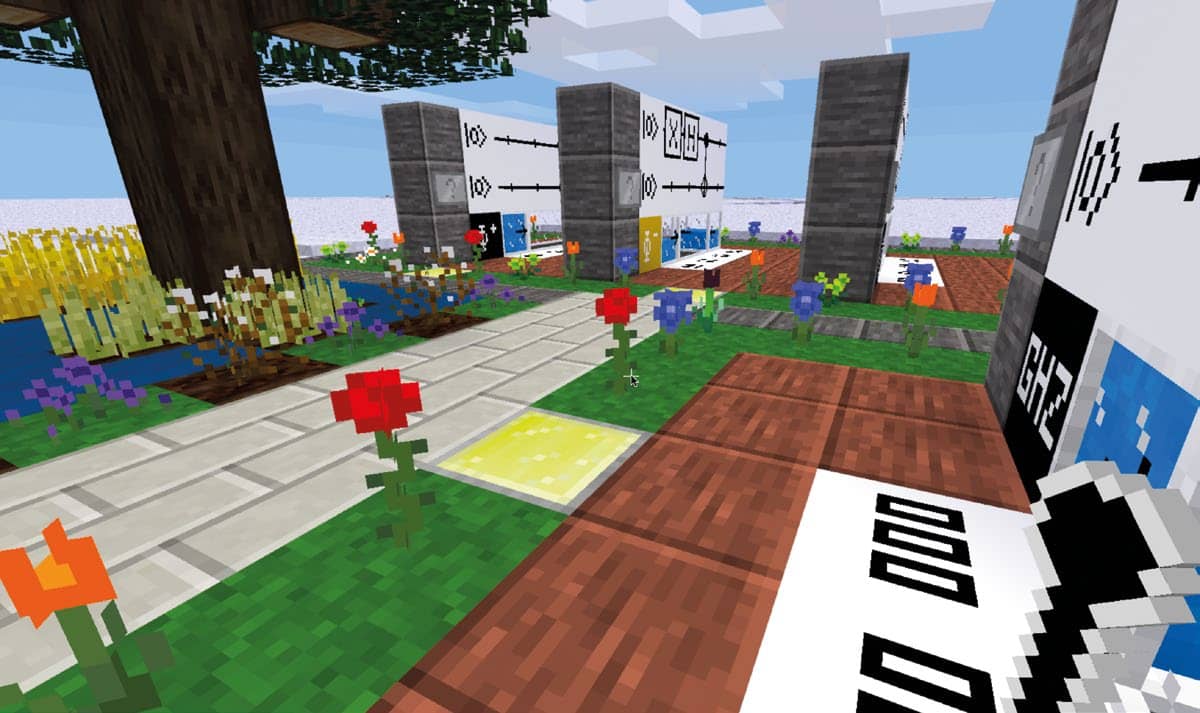Versuchen GOLD - Frei
QUANTUM SPACEWAR!
PC Gamer
|June 2020
How games and physics are coming together

The Digital Equipment Corporation began producing the PDP-1 in 1959. By 1962, someone had used the million-dollar computer to create a videogame: Spacewar!. It wasn’t the first videogame, but it was the first that could be moved to other computers. And ‘Quantum Tennis For Two’ doesn’t make such a good headline. Spacewar! even comes with an exclamation mark.
The point is, give a scientist millions of dollars’ worth of computing equipment and they will try to use it to play games; and that’s true even today, as IBM researchers developing quantum computers have discovered. Today, you can play Battleships on IBM’s cloud-controlled quantum processor, if you have an account to use it and the right software.
As you might expect, Quantum Battleships differs slightly from the simple hit or miss mechanics of the classic game we’ve all played while on a wet summer holiday in Wales. Noise within the quantum system is interpreted as the effect of weather on the battleships, rolling with the waves and wind and therefore becoming harder to hit. Each battleship is represented by a pair of Qubits, which don’t talk to one another during the game but nonetheless know each other’s state through quantum entanglement. ‘Bombs’ are a mathematical operation that can affect the degree with which they agree with one another, from which you can work out damage. It’s presented simply, but it’s extremely complex.

YOU SUNK MY BATTLESHIP
Diese Geschichte stammt aus der June 2020-Ausgabe von PC Gamer.
Abonnieren Sie Magzter GOLD, um auf Tausende kuratierter Premium-Geschichten und über 9.000 Zeitschriften und Zeitungen zuzugreifen.
Sie sind bereits Abonnent? Anmelden
WEITERE GESCHICHTEN VON PC Gamer

PC Gamer
RAGING AGAINST THE POINTLESS, OVERPRICED MACHINES IN CYBERPUNK 2077
The residents of Night City love tech so much that they've grafted it to their faces. Vincent is the exception.
8 mins
January 2026

PC Gamer
ECHO POINT NOVA
One man's update is another man's free expansion.
3 mins
January 2026

PC Gamer
"Add a bit of stabbing, and it could almost be a Ubisoft game"
Watching someone else play INFINITY NIKKI reveals gaming's complexities
2 mins
January 2026

PC Gamer
HALF-LIFE EXTENDED
Experience the original Half-Life the way (you think) you remember it.
3 mins
January 2026

PC Gamer
GREY MATTER
Thermal paste, the tech writer's kryptonite
3 mins
January 2026

PC Gamer
NINJA THEORIES
NINJA GAIDEN 4 struggles to balance PlatinumGames excess with classic Ninja Gaiden
6 mins
January 2026

PC Gamer
G-REBELS
Is it a bird? Is it a plane? It's a cop!
1 min
January 2026

PC Gamer
GAME THEORY
Play Dad's FPS in I MADE A GAME FOR YOU
2 mins
January 2026

PC Gamer
PEP TALK
FOOTBALL MANAGER 26 is thrilling on game day, like treacle everywhere else
3 mins
January 2026

PC Gamer
"I rip his throat out with prejudice"
Becoming unstoppable in BLOODLINES 2
1 mins
January 2026
Translate
Change font size
